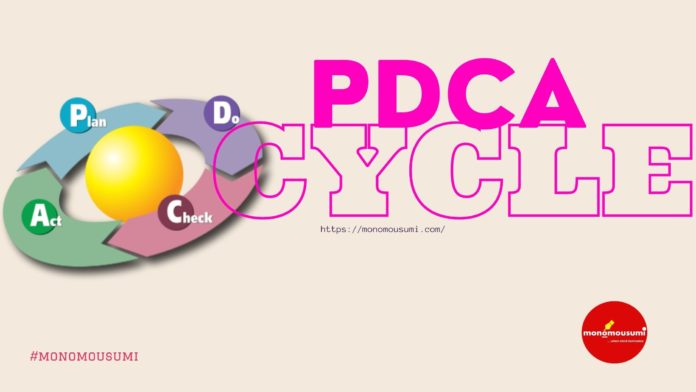With the recent developments in the area of technology and the tremendous neglect being caused by the common man, it becomes quite essential to provide better substitutes for the environment rather than using the harmful ones. Many policies have also been implemented towards the same which has controlled the consumption of disastrous products, but it’s not enough. Even fast-food needs to be dealt with it. In this background, one of the popular businesses which can be initiated is that of organic and homemade products. With many NGOs coming up for educating people for the same, people are slowly and gradually moving towards sustainable development. This can act as a USP for business. So here are a few ideas are per the PDCA Cycle to analyze the proposed business.
P- Planning the layout of your business
Since this business model revolves around being organic and using homemade products, an all-in-one academy can be presented which has a one-stop solution for all related issues.
One can have many areas some of which are as follows:
- Organic food items.
- An academy for teaching people gardening, so that they can grow food for themselves and if excess we can purchase and trade the same.
- Finding plastic replacements and promoting them.
- Substitutes of electrical products to save electricity or limit their consumption.
- Engage a community of women who can provide home-made food with exotic variety and can also have cafes on the same front.
- Conducting workshops and online facilities for spreading knowledge on such issues.
- Collaborating with the established businesses to gain more accessibility.
A systematic SWOT analysis has to be done on this background to get a better idea of prospects.
D-Do and execute as planned
This is the implementation phase wherein one will act upon the tasks to be done as per the planning phase. You can adopt the current practices prevailing or can get your hands on new innovative ways of doing things. In this way, you will gain access to the market and can better understand customer behavior. You will have to interact with the suppliers, get trainers, the chefs and make them understand the nature and purpose of your business. Once a supply chain is established, the business is set to reach the targeted audience and get the results as desired.
C- Check the progress, difficulties faced when and after executing phase 2 of the PDCA cycle.
This phase analyzes of the business after it has been implemented and after the customer has got the knowledge and used the products and services offered. The pros and cons need to be evaluated and corrective actions for the same should be thought for. The product life cycle (PLC) technique can be applied for this phase. The four phases of PLC are introduction, growth, maturity and decline. Each area of business could be mapped on which phase it lies in and how long would it hold on there. It may include improving on what is already offered, withdrawing a particular area, introducing a new niche and many more options for sustaining can be thought. One can also use the Boston Consulting Group (BCG) matrix for long-term strategic planning of the business. Here, the products and services are divided into a matrix of four which includes the star, cash cows, dogs and problematic child based on market growth rate and market share. Many other techniques can be used for gaining a better understanding.
- Act on the recommendations as suggested by the third phase (check)
The corrective actions as worked upon in the check phase are implemented here to get things moving as per the plan. A constant monitoring and implementation act is necessary to know where things are not going as per the standards set and what remedial measures should be taken care of.
This PDCA cycle is ongoing and acts as long as the business is active. This will in the long-running of business, knowledge of the products success rate, competitors performance and its impact on our business, the technological developments, government norms, threat from MNC’s and other large corporations.
Since the plan chosen is more towards the organic and homemade food niche, it gives a better edge over the other products. But at the same time, since it is a very attractive segment for a new business there is a threat from new competitors for easy entry. For all these, Micheal Porter’s five forces model can be used.
A few other points which should be taken care of are as follows:
- Using the help of business experts.
- Since the online business is booming, presence and careful handling of social media.
- Engaging customers into your business.
- Promotions and offers on special occasions/ festive seasons/ year-end sale/ end of season sale to make your products more appealing
- Constant innovation and a new variety of products
- Conducting contest
- A glimpse of training sessions online
- Feedback from customers
With the growing awareness on how global warming is affecting the earth as well how fast food is causing short term pleasure but in long term has many mental and physical health issues, it becomes quite essential for the common man to get better access to such products and services which they can afford and can rely on the goodness. They will trust these products more as they will feel the benefits which out way than the rest. So why not give them what they desire and crave? Let’s try our bit to make the earth a better place and offer people quality services at an affordable price making them healthy, wealthy and wise.
By Hiral Nandu















